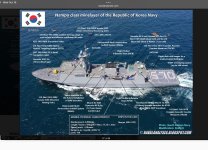Rainbow1910
Sr. Member
- Reaction score
- 1,891
- Points
- 810
The CCG does have a law enforcement ability through the use of their parent organization, the Department of Fisheries and Oceans with their Fisheries Officers. The CCG largely acts as a taxi service for bringing DFO Enforcement and sometimes RCMP to where they need to undertake their duties.
The CCG is a bit hard up on proper patrol vessels as their fleet is largely old and heavily worn. The two AOPS are coming to their fleet but otherwise, it’s a bit rough.
The CCG is a bit hard up on proper patrol vessels as their fleet is largely old and heavily worn. The two AOPS are coming to their fleet but otherwise, it’s a bit rough.




